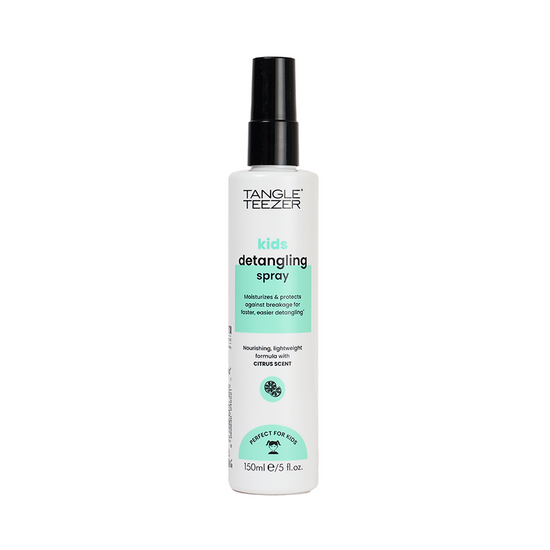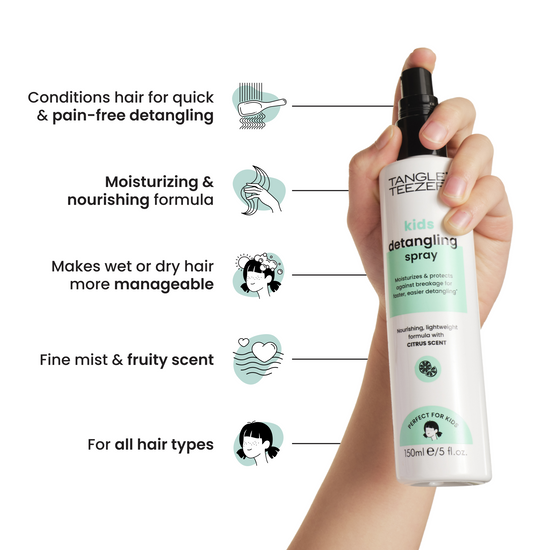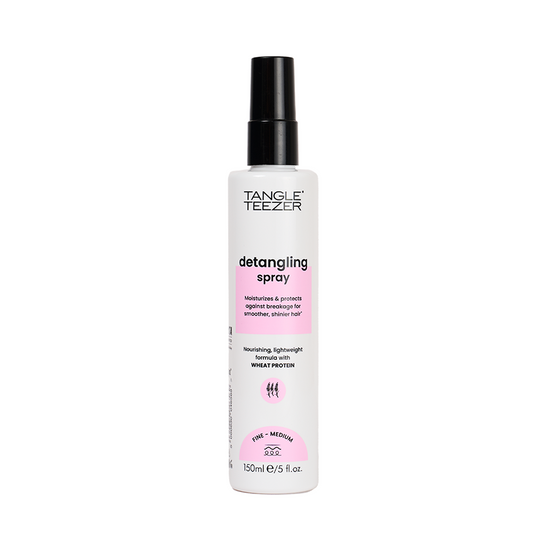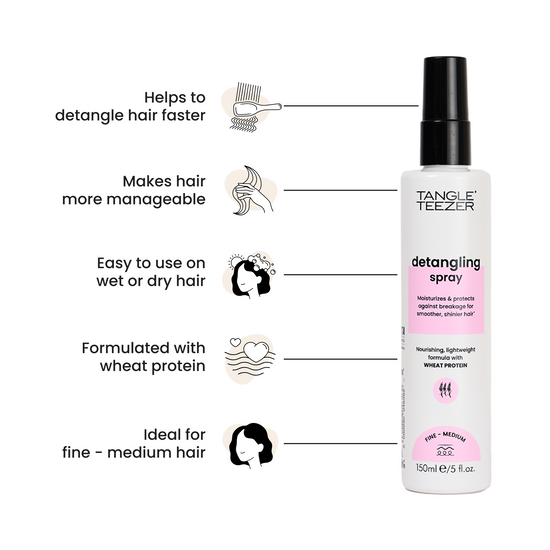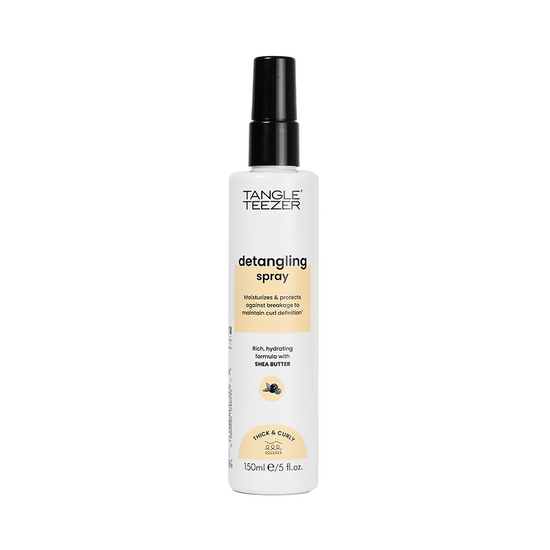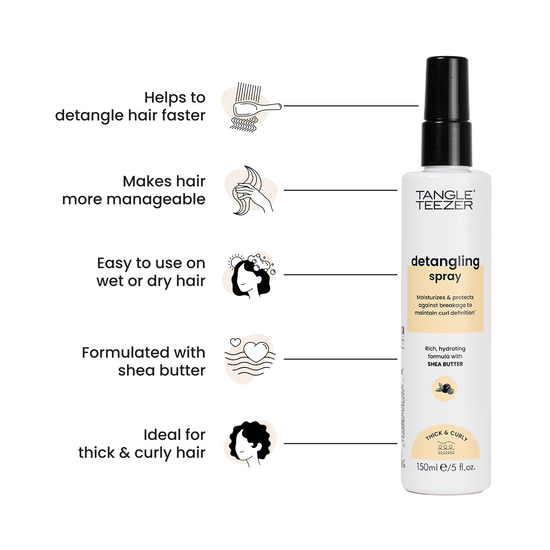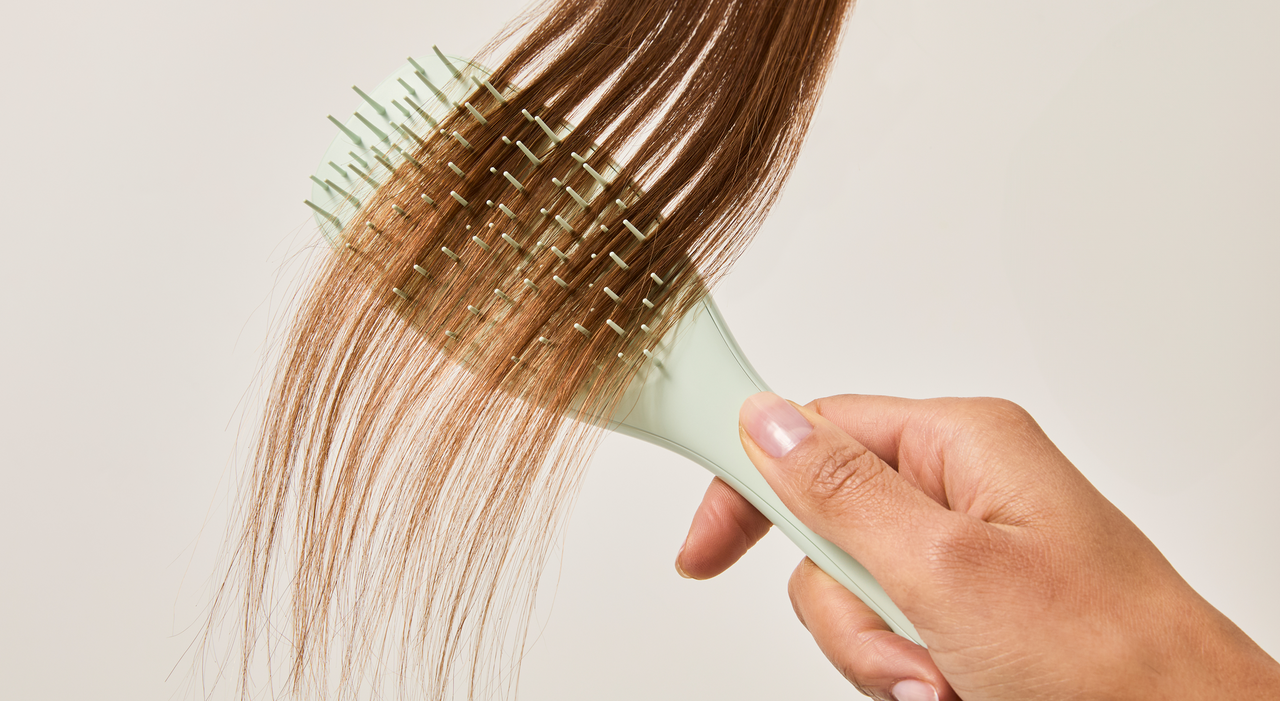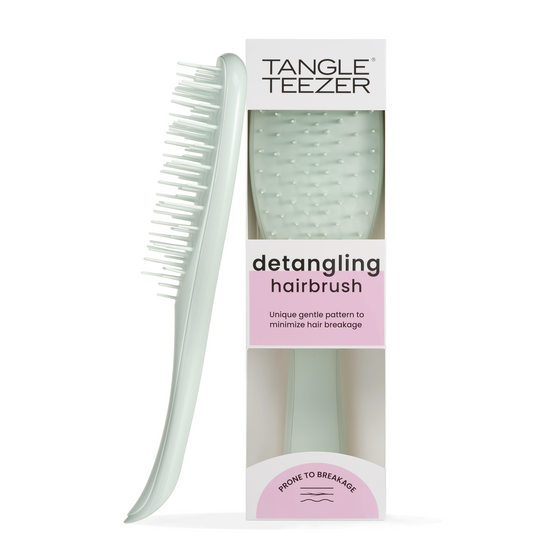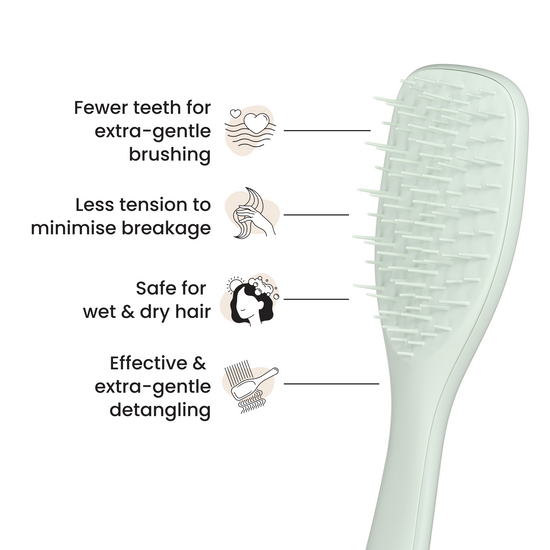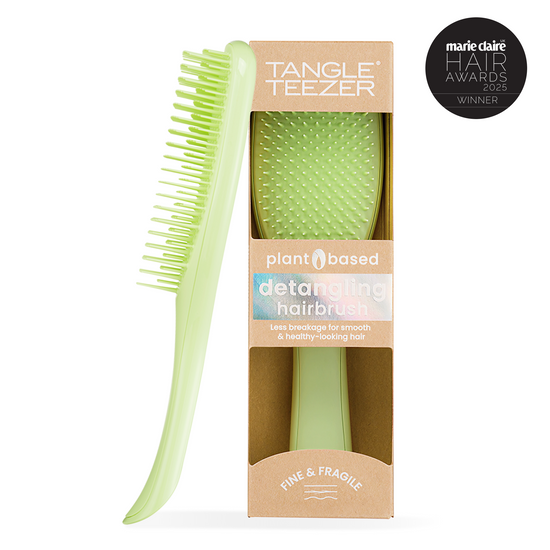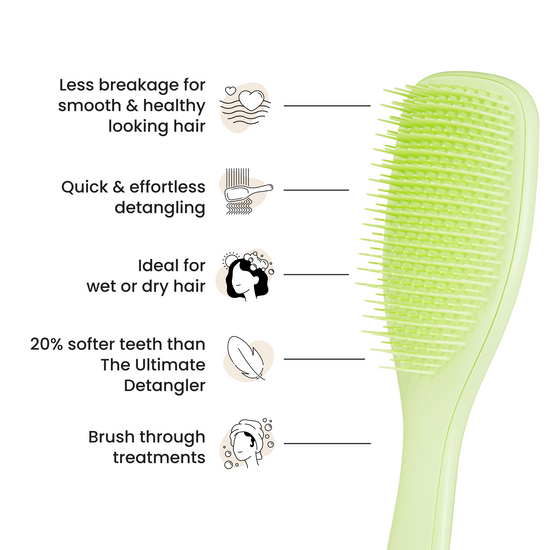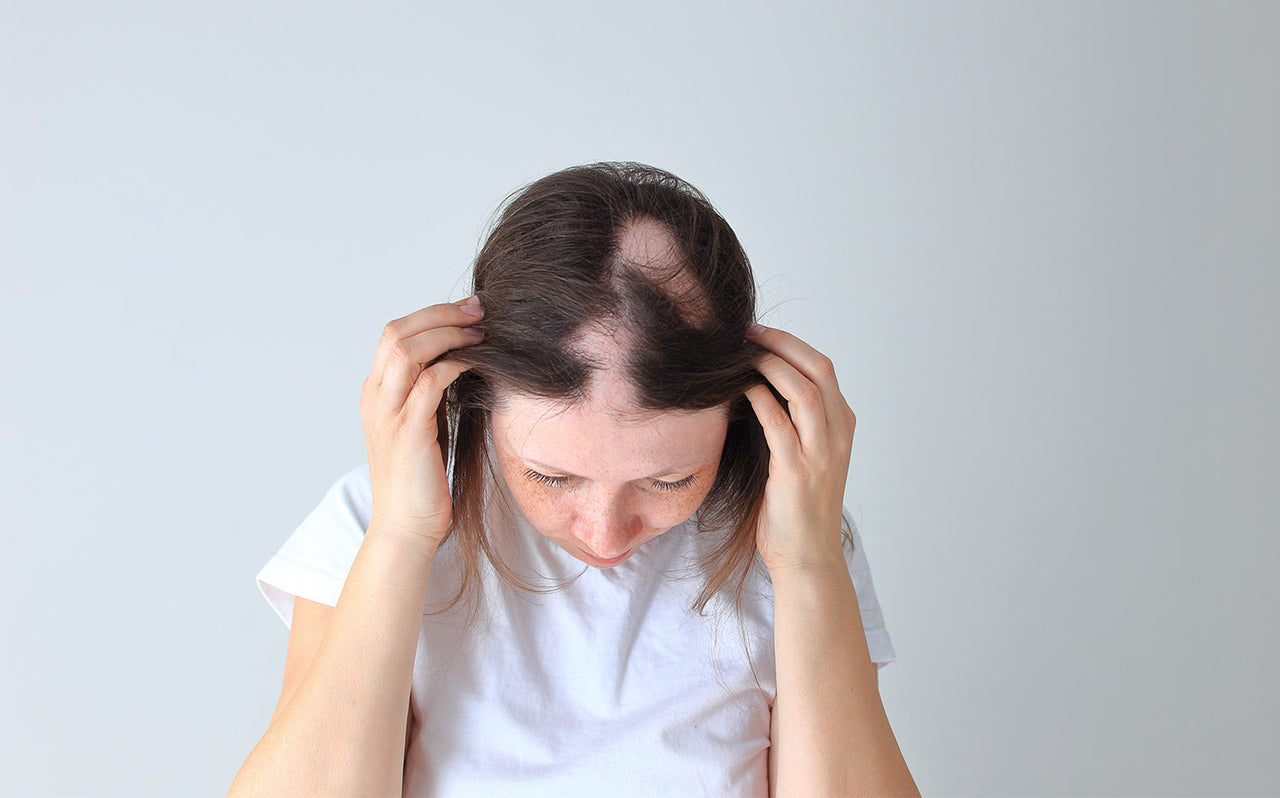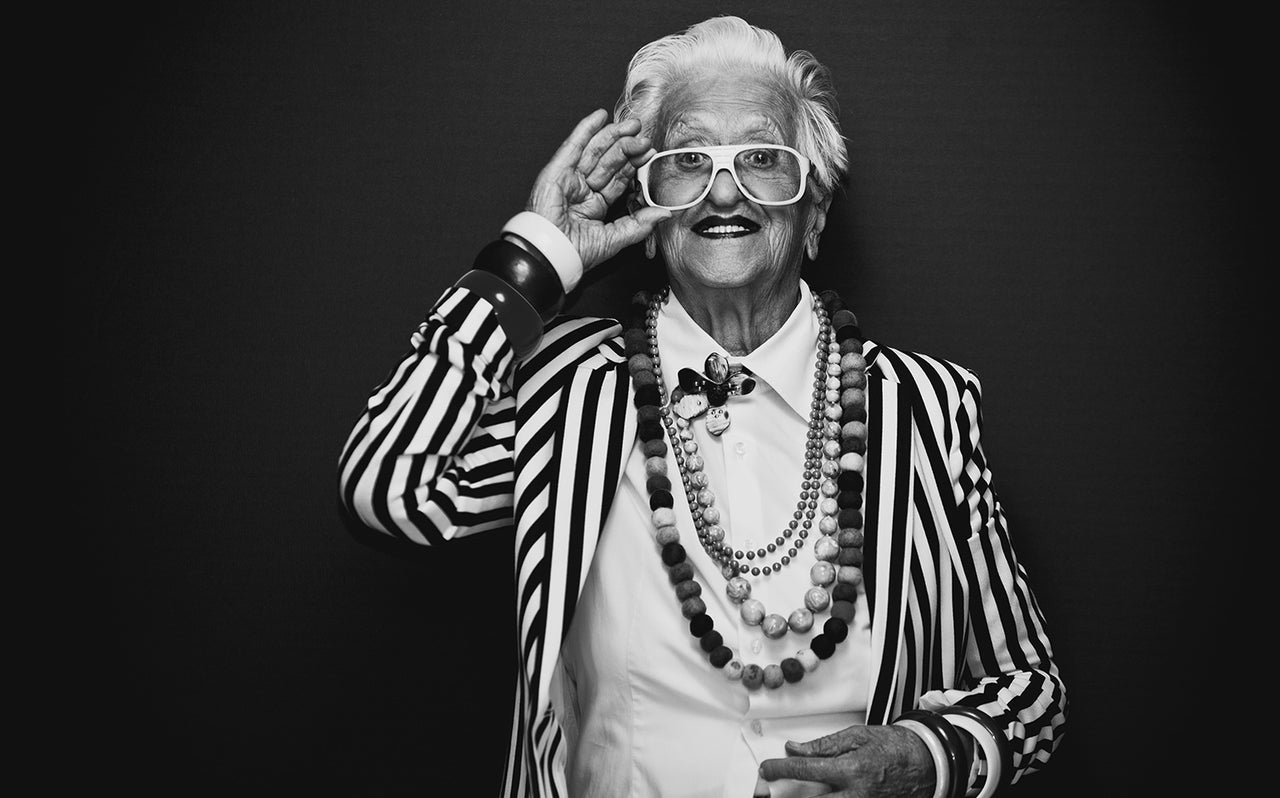With our expert advice and insights, you will be armed with everything you need to turn your hair thinning concerns into a journey of self-discovery and empowerment.
Hair thinning can result from many factors – genetics often play a big role. If your family has a history of hair thinning or baldness, then you may have inherited those same traits. It is one of the most common causes of hair thinning, but hair thinning is not the end of your hair story. With our expert advice and insights, you can worry less, feel more confident and find haircare that works for you.
Causes of Female Pattern Hair Loss
Hormonal changes are another big factor in hair loss. Conditions like pregnancy, menopause, or thyroid problems can throw our hormones off balance, and impact our hair. Androgenic alopecia is a major cause of hair thinning in women, often leading to widespread hair loss across the scalp. These affects women differently than men, often without a receding front hairline. Then there’s stress. Both physical and emotional stress can cause temporary hair thinning, but the good news is that it’s usually reversible once the stress eases. Nutrition is crucial for healthy hair. Deficiencies in iron, vitamin D, and proteins, for example, can contribute to hair thinning - a well-balanced diet is essential for maintaining healthy hair.

Finally, certain medications and medical conditions, like chemotherapy or autoimmune diseases, can cause individuals to lose hair In such cases, consulting with medical professionals is essential for targeted strategies.
Male pattern baldness, influenced by genetics and hormonal changes, also affects many women. Patchy hair loss should prompt a doctor’s visit to rule out underlying medical conditions. Understanding the type of hair loss, whether due to genetics, hormone changes, or stress, is crucial for effective treatment. Understanding the causes of your hair thinning will help you understand how to respond and treat it.
Treating Thinning Hair
Now that we’ve explored some thinning hair causes, let’s shift our focus to solutions - the exciting world of thinning hair treatments!

Nutritional deficiencies might influence various types of hair loss, making it essential to maintain a balanced diet. A nutrient-rich diet plays a key role in maintaining strong, healthy hair. Incorporating proteins, iron, and vitamins like B12 and D can potentially help strengthen your hair from within. For an insight into attaining lustrous locks and healthy hair read our complete guide on healthier looking hair for all the details on healthy hair care rituals.
Topical treatments such as minoxidil (Rogaine) are widely used as a hair loss treatment and can stimulate hair growth in both men and women. For some, prescription medications like finasteride (Propecia) may be an option to reduce hair loss.
In-office procedures, such as laser therapy or platelet-rich plasma (PRP) treatments, have shown promising results. They can stimulate hair follicles and promote healthy hair growth.
A healthcare or hair care professional can provide personalised advice to treat hair loss, taking into account your specific situation and medical history. Starting treatment early can make a significant difference in managing hair loss effectively.
Haircare Tools for Thinning Hair
The right tools can make a difference in helping to prevent further thinning or loss. That’s where our Extra Gentle collection comes in. It’s been made for hair that needs an extra gentle touch. Designed for extra-gentle detangling, with soft flex teeth, our Ultimate Detangler Extra Gentle features an innovative and unique teeth pattern to minimise hair fall, breakage and damage.
Our other hero tool is the Scalp Exfoliator & Massager. Not only does it feel like an amazing treat for your scalp, it also helps to stimulate your scalp which can help with hair growth. 91% of people that tried it, agreed that it helps to stimulate their scalp.
Don’t forget - treating thinning hair is not just about restoring volume, it’s about boosting your confidence and helping you feel fabulous! There are a host of options out there, and we are here to help you find the right one for your unique hair journey, but we always recommend speaking to your doctor before using any topical treatments for losing hair.

Hairstyles for Thinning Hair
The right hairstyle can transform your look, boost your confidence, and help you celebrate your unique beauty. The right hairstyle can also enhance volume and create the illusion of thicker hair.
If your hair is thinning, short hairstyles are often a great choice. A bob or pixie cut, for instance, can add volume and make your hair appear thicker. Layered hairstyles can also give the illusion of depth and fullness, making your hair appear thicker. For those with longer hair, strategic styling can work wonders!

Loose waves can add texture, volume, and movement to your hair. Plus, a simple change like parting your hair differently or opting for a side part can enhance fullness.
Our Extra Gentle Range designed for delicate hair is ideal to help to manage thinning hair with confidence, maintaining your hair's natural beauty while rocking your chosen style! Our Extra Gentle Hair Brush, a gentle hair brush for hair loss comes in a range of soft pastel hues to choose from.

Above all, the best hairstyle is the one that makes you feel confident and beautiful. You’re not just dealing with thinning hair - you're embracing it, enhancing it, and showing the world that you are fabulous just the way you are. Thinning hair or not, you have every reason to rock your look with confidence and style!
